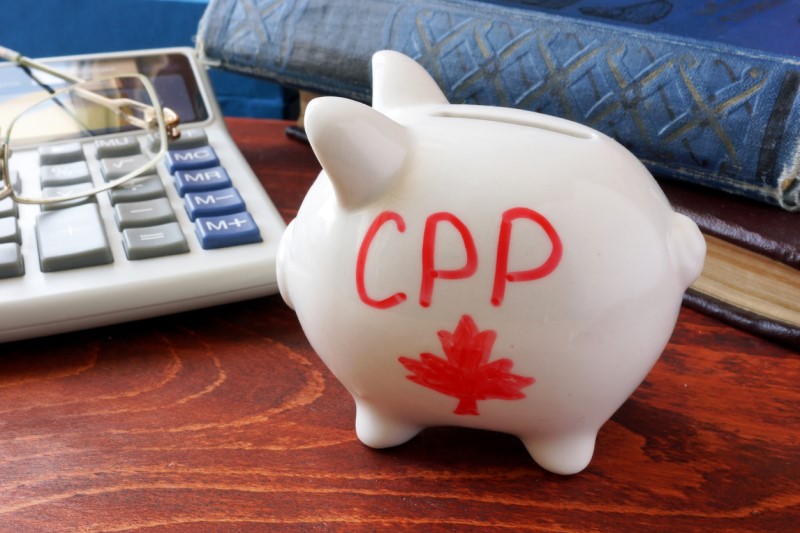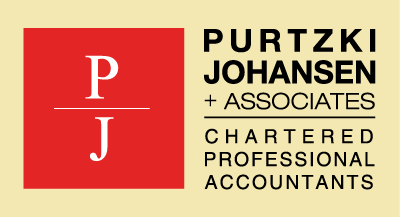
The maximum pensionable earnings and contribution rate for 2021 have now been released and are a surprise to many; the cost of CPP is significantly increasing.
| Year | Max. Pensionable Earnings ($) | Employer/ee Contribution Rate (%) | Max. Annual Employer/ee Contribution ($) | Max. Annual Self-Employed Contribution ($) |
| 2019 | 57,400 | 5.10 | 2,749 | 5,498 |
| 2020 | 58,700 | 5.25 | 2,898 | 5,796 |
| 2021 | 61,600 | 5.45 | 3,166 | 6,333 |
For example, a self-employed person earning $61,600 or more will pay $537 more this year (as compared to last year’s increase of $298), for a total of $6,333. Or, looked at another way, an employer with ten employees earning $61,600 or more will pay a total of $31,660 of CPP premiums in 2021 (an increase of $2,680 from 2020 contributions).
The combined employer/employee Canada Pension Plan tax rate rose from 10.5% to 10.9% on January 1, 2021, the third of five annual increases to bring the tax rate to 11.9% by 2023. The proponents of the rate increase claim that it will make workers better off by helping them save more.
The government really has no idea whether Canadians are saving enough or not. First of all, paying into the CPP is not like contributing to a real retirement savings account. When you pay into the CPP today the money is used for a large extent to pay the benefits of current retirees. When today’s workers eventually retire, the CPP benefits they receive will mostly be funded by payments made by the next generation of workers.
Unlike an RRSP or TFSA, the CPP does not allow you to withdraw money early to, for example, handle an emergency. Nor is money paid out to beneficiaries if a worker who pays into the CPP dies before collecting any benefits.
Instead of increasing CPP premiums, the government should cut down on the CPP to let Canadians invest privately to maximize returns.



